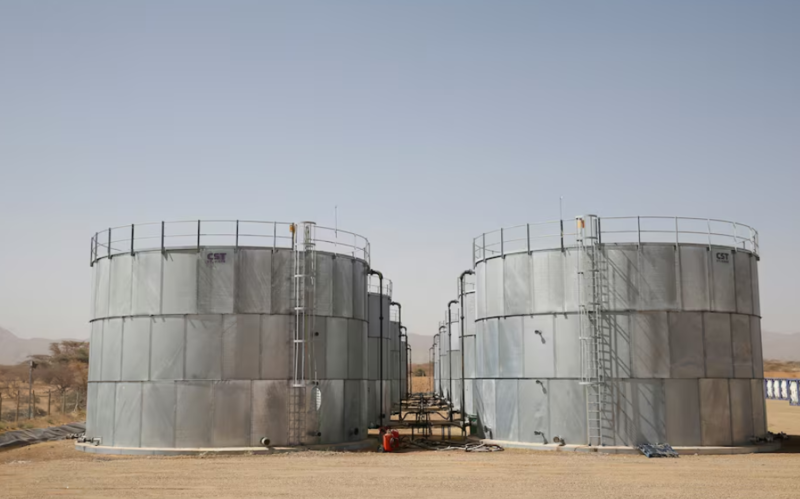Relief ahead as oil prices set to stabilise at lower levels over the rest of 2025

Notably, oil prices resumed their downward trajectory in late April and early May this year, as trade tensions impacted financial and commodity markets, according to the report.
Consumers could have a reason to smile for the remainder of the year, as energy prices are expected to remain fair and relatively stable compared to the previous record highs.
According to the latest Oil Market report by the International Energy Agency (IEA), global oil demand, an important factor influencing oil prices, is anticipated to grow at a slower rate throughout the rest of 2025.
More To Read
- Kenya’s imports drop for the first time in five years
- Energy shock returns: Oil prices soar as Iran-Israel tensions shake global economy
- Biogas potential untapped despite promise for green drive, rural development - study
- Consumers to benefit from decline in global commodity prices, says World Bank
- Climate change, AI to drive power demand over the next 2 years, IEA Report shows
- Kenya embraces e-mobility as global electric vehicle sales surge
“Global oil demand growth is projected to slow from 990,000 barrels per day (kb/d) in Q1, 2025 to 650 kb/d for the remainder of the year,” the report reads.
Typically, lower demand often leads to a corresponding fall in prices. The slowed demand is due to the ongoing economic challenges and a record surge in electric vehicle (EV) adoption, which is steadily displacing traditional fuel consumption.
At the same time, the agency projects oil supply to remain steady, a further remedy to ease pressure on the oil prices.
It projects the global oil supply to increase by 1.6 million barrels per day (mb/d), reaching an average of 104.6 mb/d for the year.
Non-OPEC+ countries are leading this expansion, contributing 1.3 mb/d of additional output, despite some constraints on US oil production.
Nevertheless, the Organisation of the Petroleum Exporting Countries and its allies (OPEC+) countries plan to incrementally boost output, signalling an overall market flush with supply.
Another critical factor keen on helping moderate oil prices in the period under review is the recent build-up in global oil inventories.
In March alone, worldwide oil stocks grew by 25.1 million barrels, with crude oil contributing a hefty 57.8 million barrels to the total.
Notably, oil prices resumed their downward trajectory in late April and early May this year, as trade tensions impacted financial and commodity markets, according to the report.
It says benchmark crude prices have already dropped by around $10 (Sh1,300) per barrel from April into early May, driven by rising US tariffs and a larger-than-expected increase in production from OPEC+ countries.
In April, Russian crude averaged $55.64 (Sh7,200) per barrel, with all major export grades trading below the $60 (Sh7,800) price cap set by Western allies.
On the other hand, North Sea Dated crude, a key global oil price benchmark for physical North Sea oil barrels available for near-term delivery, was trading at approximately $66 (Sh8,500) per barrel.
These price levels reflect broader softness in the global oil market, with ample supply and waning demand keeping prices in check.
The agency’s projection mirrors that of the World Bank, which in its April commodity outlook projects Brent crude oil to average $64 (Sh8,300) per barrel in 2025, a fall of $17 (Sh2,200) per barrel from last year, and $60 (Sh7,800) per barrel in 2026.
Brent crude is the global benchmark used for pricing oil exports from Europe, Africa, and the Middle East.
Top Stories Today

















































